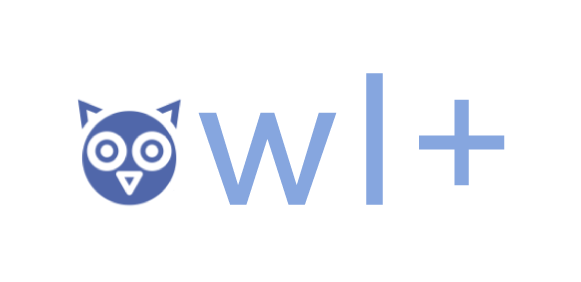Area of Interest: Diverse communication settings
Skills: Listening, Reading, Speaking, and Writing
Competences: Discourse competence
Age Bracket: 11 – 15
Time Commitment: Under 30 minutes
Affordability:
Materials:
– Writing materials (in a group – A4 sheet and writing material for each; individually – notes or a sheet if the teacher wants to collect them)
– Access to the internet (individual option)
Expert recommendations:
Language: English
Individually – to initiate associative thinking and the ability to use your own experience to learn new material (in the initiating phase of the lesson) or to develop critical thinking and the ability to select key information, keywords (in the lesson summary). This is a kind of recall strategy, a brief summary of what has been learned.
In a group – to initiate associative thinking and the ability to use one’s own experience in different tasks, as well as to create an informal atmosphere in the classroom, indirectly reinforcing writing and speaking skills.
Option 1 (individual)
Lesson initiation phase
Step 1: Write associations
The teacher introduces the topic of the lesson and asks them to write down briefly their first associations with it from their own experience in response to the questions:
What?
With whom?
Who’s doing what?
What?
Where?
What was the outcome?
If you cannot answer a question, leave a blank and fill it in when what you have written down is discussed. It is better to do this in topics where a historical figure will be discussed. In older classes, it can also be used for traditional, geographical or social topics and issues.
Step 2: Read and complete associations
The teacher asks 1-3 pupils (free choice) to read out their associations, which are expanded and clarified so that everyone has an idea of what they are learning in short answers.
At the end of the lesson
Step 1: Make a summary of the lesson
The teacher asks you to summarise the lesson, using the same questions, but emphasising keywords or short points. If something is forgotten or not heard, other available resources can be used (notes or internet).
Step 2: Summary
The teacher asks 1-3 students (free choice) to read their summary. Classmates clarify or add to the summary.
Option 2 (group)
Step 1: Write associations or keywords
Recommended for use at the end of the lesson. The teacher prepares a sheet of A4 and asks everyone to write associations or keywords. The condition is that the topic heard and revealed in the lesson should be used. When everyone has written the answer to the first question (Who?), the sheet is folded so that you cannot see what is written in the answer and passed to the next person. They write the next answer (What?) and do the same again – fold the page and pass it to the next classmate. This is done until all the questions have been answered (What did they do? When? Where? What was the outcome?)
Step 2: Read the texts
All students read their texts, which they have written with associations and keywords on the topic of the lesson. These texts are always written with a dose of surprise and humour, the basic material is mixed with humour, and the students can comment on or explain the logical or creative variants of the text.
The creative texts can also be unrolled for viewing by other classes (the new creative texts are also published).
Note: if the teacher wishes, he can also give certain grammatical parameters, in particular for the answer “What did he do?”, indicating that he can use a certain grammatical tense, or for the answer “What was the outcome?” only a certain type of sentence can be used (compound or complex, exclamatory, etc.)

